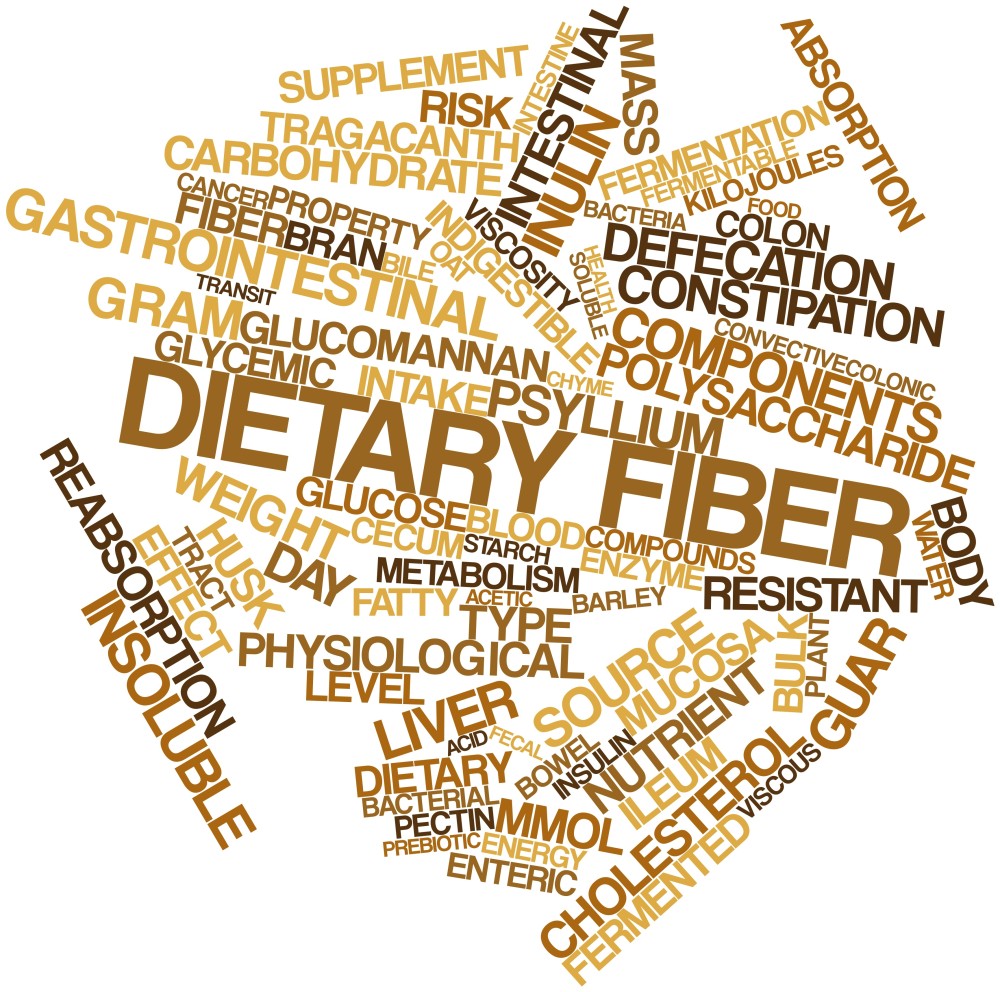 Since nature has created so many nutritious and healthful food for us to consume, I’ve honestly no idea why we can buy only so few things in our grocery stores with the rest being factory made junk. Well, maybe I do. If every farmer grew varied crops for our year-round enjoyment there wouldn’t be Wall street corn, soy, wheat and sugar futures markets. And farms would be small and community—not big corporate conglomerates with stock prices to support. And their marketing wouldn’t be so effective as to restructure our thinking with “treats” that are “tricks.”
Since nature has created so many nutritious and healthful food for us to consume, I’ve honestly no idea why we can buy only so few things in our grocery stores with the rest being factory made junk. Well, maybe I do. If every farmer grew varied crops for our year-round enjoyment there wouldn’t be Wall street corn, soy, wheat and sugar futures markets. And farms would be small and community—not big corporate conglomerates with stock prices to support. And their marketing wouldn’t be so effective as to restructure our thinking with “treats” that are “tricks.”
Our understanding of fiber has, unfortunately, been subject to the same myopia. While plant chemists characterized the many types of plant fibers into starches, pectins, cellulose and more… the health community largely lumped them all together. Most doctors advised “get some”—most nutritionists helped you achieve about 32 grams of fiber each day by adding bran. This “one-size-fits-all” mentality created a beautiful market for commercial bran: the “waste product” of wheat production.
Fiber Health Benefits
| In the… | Fiber acts to | Which benefits your health by |
| Stomach and small intestine | Cause a sense of fullness Trap cholesterol and fats Slow absorption of sugars |
Regulating weight Lowering cholesterol Improving blood glucose (sugar) levels |
| Large intestine (colon) | Cause fermentation and promote growth of healthy bacteria Absorb water to add “bulk” to stool |
Enhancing immune system to fight infection and chronic disease Promoting regularity and elimination minimizing constipation |
Important note: Nutrients from a slowly eaten meal are more slowly absorbed than a rapidly eaten meal of similar composition. Many of the differences between low and high glycemic foods would disappear if you calmed down, ate more slowly and chewed your food. This would also help you feel full, improve your blood sugar levels and lower your cholesterol.
Your body digests food through a combination of processes; mechanical (or physical) digestion and chemical digestion. Mechanical digestion involves physically breaking down food particles. This process begins in the mouth with chewing and continues in the stomach where the stomach muscles grind the food particles. Chemical digestion also begins in the mouth where the enzymes in the saliva break down complex food particles. The stomach produces enzymes and acid that continue the chemical digestion, and enzymes in the small intestine complete the process. Foods that contain fiber go through this digestive process, but the actual fiber molecules remain intact.
Meanwhile, back to fiber…
To ensure we got all the healthy benefits of enough dietary fiber (and perhaps to make sure these aren’t included in our calorie-conscious calculations), food gurus asked that the amount of dietary fibers be listed separately under the total carbohydrates on your nutrition label. Digested carbohydrates are used as energy; burned, 4 calories per gram, and not much else. But we humans don’t have the enzymes to digest the carbohydrates called dietary fibers—so they do not contribute calories, to us anyway.
But research continues to demonstrate the many ways highly commercialized items are more anti-food than food, and it turns out that not all dietary fiber is created equal. Different fiber types most definitely produce different effects in the gut.
Want more fiber? Read this before you stock up on bran or whole grains!
For many of us, getting our 32 grams of daily dietary fiber from bran or any whole grain, or even legumes, will irritate an already-irritated gut; please resist the urge to fortify fiber with whole grains. Instead, focus on eating more vegetables, nuts, and seeds with their high levels of soluble fiber.
Why?
The rough, insoluble bran found in grains has been shown to irritate the gut lining.
There is limited definitive research as to why bran might be a problem. One theory is that the hard bran shell irritates nerves in the intestinal lining. Another possibility has to do with mechanical “scrubbing” and abrading of the hard shell itself.
A third and very extensively studied problem is that many cereal grains—especially the largest commercial source of bran: wheat—contain fructans, a type of fermentable carbohydrate that can feed your gut bacteria—which produces bloating and gas when those bacteria are overgrown, living in the wrong place or of the wrong types.
Wait! There are different types of fiber?
Yup. And it is actually important not to oversimplify this.
All fibers are carbohydrates or carbohydrate-containing compounds that are neither digested nor absorbed by us in the small intestine.
Bran is the hard insoluble fiber shell that comprises the outside layer of cereal grains, including barley, corn, millet, oats, rice and wheat. White rice is simply dark rice with the bran removed (which also removes most of the minerals leaving a quite starchy, low nutrient product). White flour is wheat with the bran removed and the starchy inner kernel usually also bleached.
Insoluble fiber does not absorb water and remains pretty much hard and intact as it transits your digestive tract.
In the small intestine, the insoluble bran-like fibers tend to absorb waste products dumped there for elimination by your liver. In the colon, these fibers act like a scrub brush, cause your intestine to add more water to bulk the fecal material and generally keep things moving through. This is good to a degree and is why these fibers are used for “regularity” and to lower cholesterol (how removing toxic waste relates to lowered LDL cholesterol is a subject for another day…). But insoluble fibers like bran can also create a “dependency”; if you stop taking them you can become constipated until the gut rebalances after a few days.
Soluble fiber absorbs water so it creates bulk and it makes us feel full. The gel-like paste helps slow the movement of the digested material through the digestive tract yet it also softens stool. In order for nutrients and water to be efficiently absorbed, the intestinal contents must be adequately exposed to the gut lining long enough for absorption. These soluble fibres influence accessibility of sugars and digestible starches to your gut lining slowing their absorption and slowing the subsequent rise in blood sugar while allowing them to be more completely absorbed. Soluble fiber also binds liver-made bile acids in the intestines and promotes their excretion. Because the liver filters waste-containing cholesterol from the blood and eliminates that via bile acids, preventing its reabsorption (a major function of the small intestine) can lower your blood cholesterol and your toxicity levels. Eating soluble fiber helps reduce inflammation by helping eliminate inflammatory stressors—inflammation that is the cause of heart disease, various forms of arthritis, cancer and more…
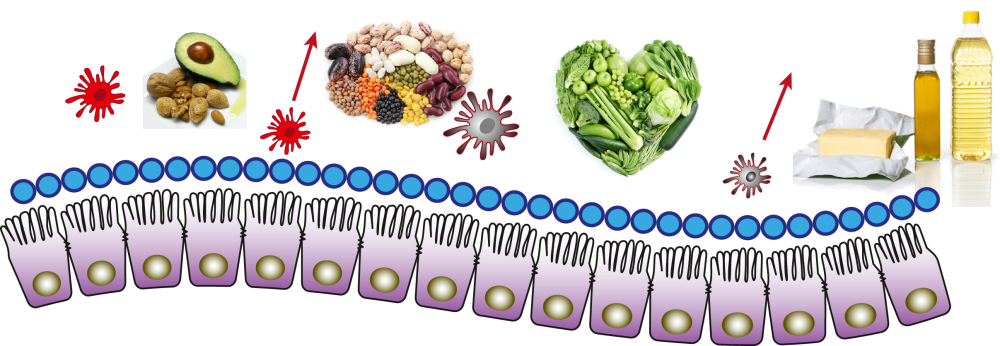 It also turns out that soluble dietary fibers are digested by the probiotics living in your gut—your microbiome—and are formed into short chain fatty acids which serve as fuels for our gut lining and different tissues and may play a role in the regulation of important cellular processes throughout our body. So much so, in fact, that there is now a whole new market of supplements called “prebiotics” or probiotic food sold to encourage the growth of desirable probiotics like bifidobacteria and lactobacilli; perceived as being beneficial to human health.
It also turns out that soluble dietary fibers are digested by the probiotics living in your gut—your microbiome—and are formed into short chain fatty acids which serve as fuels for our gut lining and different tissues and may play a role in the regulation of important cellular processes throughout our body. So much so, in fact, that there is now a whole new market of supplements called “prebiotics” or probiotic food sold to encourage the growth of desirable probiotics like bifidobacteria and lactobacilli; perceived as being beneficial to human health.
Most plant foods contain some of both. So far so good…
But here’s the catch:
You are suppose to have certain types of bacteria (and yeast) living in certain places along the entire gastrointestinal tract. You are suppose to have fewer bacteria in the small intestine than the large intestine, each intestinal region has its own function and each region of the gut has a slightly different population of bacteria and yeast.
And while you don’t digest or alter the types of carbohydrates called dietary fibers, your extraordinary microbiome most definitely does. These fibers are an important source of energy for intestinal microflora—until it becomes disrupted, as it is in so many of us, and then it is trouble.
When that sludge of digested food called “chime” reaches the beginning of your large intestine the ascending colon releases and absorbs remaining nutrients. Many nutrients are bound naturally to plant fibers and require the break down of those fibers for their release. In fact, recent studies with calcium suggest that dietary fibers bind calcium in the small intestine limiting it’s absorption, but bacteria in the large intestine ferment the soluble fibers releasing the calcium.
But to do this…
Remaining sugars and fermentable fibers are broken down and fermented by colon bacteria.
As with anything our ancestors ate, current knowledge suggests that dietary fermentable fibers are important. After the nutrients are removed in the small intestine, bacteria in the colon degrade fiber molecules and produce short chain fatty acids. These short chain fatty acids (called butyrates) are vital for energy and cell health, appear to regulate your immune system to reduce inflammation and allergies, and may help fight cancer plus support brain health.
Fermentable fibers are chains of fructose (called fructans) or glucose or milk–based galactooligosaccharides or even sugar alcohols (polyols often used as sweeteners in low-calorie products) that can be broken down by your gut bacteria to release alcohol and lots of methane and carbon dioxide gas. Ah beans…
The enzymes produced by the bacteria degrade the fiber through the process of fermentation. Research estimates that 29 to 82 percent of cellulose, 56 to 87 percent of hemicelluloses and 90 percent of pectin degrades as it passes through the colon.
But please don’t reduce your overall dietary fiber if you have a digestive imbalance irritated by FODMAPS (FODMAP=Fermentable Oligo-Di-Monosaccharides and Polyols). Please increase the fibers found in other plants to keep your digestive tract healthy.
While we don’t currently have recommended dietary allowances for fermentable vs. non-fermentable starches, it is clear that some people need to restore digestive balance before they can tolerate fermentable fibers. People with Irritable Bowel Syndrome (IBS), Crohns, and many other digestive imbalances need to tread lightly with fermentable starches, and take steps to restore health to their gut lining before adding the group of problematic starches called FODMAPS.
Especially if you have IBS or another intestinal imbalance, it is vital to restore gut health with non-bran and non-FODMAP fibers (think green vegetables). Non-fermentable fibers (cucumbers, lettuces, broccoli, bok choy, chard…) are a great food source of both fibers and butyrates until your digestive tract calms down. And the best source of dietary butyrates is butter from pastured cows which have a specialized digestive tract full of the bacteria needed to convert the fibers in the grasses cows (should) eat.
Meet Buckwheat, Chia, and Flax
 While the name buckwheat leads one to believe it’s another strain of wheat—a cereal grain or the fruit of a grass plant with a hard exterior or hull—buckwheat is actually a type of shrub-like plant with bright green, broad, heart-shape leaves and white flowers. Native to the temperate regions of East Asia, harvesting buckwheat seeds dates back to 1000 AD. Currently, buckwheat is cultivated worldwide with over 14 plant species moslty growing in China, Japan, and North America–only two are cultivated species and the rest are wild.
While the name buckwheat leads one to believe it’s another strain of wheat—a cereal grain or the fruit of a grass plant with a hard exterior or hull—buckwheat is actually a type of shrub-like plant with bright green, broad, heart-shape leaves and white flowers. Native to the temperate regions of East Asia, harvesting buckwheat seeds dates back to 1000 AD. Currently, buckwheat is cultivated worldwide with over 14 plant species moslty growing in China, Japan, and North America–only two are cultivated species and the rest are wild.
Chia seeds come from a species of flowering plant in the mint family native to central and southern Mexico and Guatemala. Aztecs and Mayans prized chia seeds for their ability to provide sustainable energy… in fact, “chia” is the ancient Mayan word for “strength.”
The beautiful blue flowers of the flax (Linum) have been grown since the earliest times to make fine cloth from their fibers. Now a food and fiber crop cultivated in cooler regions of the world, it still grows wild in most of the western two-thirds of the United States including here in Alaska.
Nutritionally dense seeds are also nourishment powerhouses:
Buckwheat contains a rich nutritional profile of protein, minerals, and fiber.
- Buckwheat has high levels of bioavailable micronutrients like copper, zinc, and potassium; exceeding levels found in cereal grains.
- Buckwheat is also one of the best plant sources for protein with a whopping 13 grams per half cup—including all nine essential amino acids and a strong concentration of lysine at six percent of its nutritional profile.
- Buckwheat grains contain high quantities B-complex vitamins, especially riboflavin (vitamin B2) and niacin (vitamin B3).
- These seeds contain high levels of both soluble and insoluble fiber, which helps with digestion and elimination.
- Gluten free so ideal for those with Celiac Disease or gluten sensitivity.
Both flax and chia seeds are well known for their high omega-3 fatty acid profile (healthy fat that is an anti-inflammatory), they are an antioxidant, contain important micro-nutrients like magnesium, calcium and manganese and they are also loaded with protein.
Don’t be fooled by the small chia seed… these tiny seeds pack a powerful nutritional punch. Just two tablespoons of dry chia seeds contain:
- Four grams of protein include a great balance of all nine essential amino acids;
- Fat: 9 grams (5 of which are Omega-3s).
- Nearly 20% of your RDA of calcium plus high amounts of potassium and phosphorus;
- They also contain a decent amount of zinc, vitamin B3 (Niacin), potassium, vitamin B1 (thiamine) and vitamin B2.
Two tablespoons of flax seeds have 5 grams of balanced protein,
- Important minerals like calcium, magnesium, phosphorus, potassium
- And essential nutrients like folate and choline. Choline—one form of which is called lecithin and is used to make healthy cell membranes. Choline is also used to make a neurotransmitter involved in muscle control, circadian rhythm, and memory; and as it helps the liver assemble cholesterol, choline deficiency can result in fatty liver.
- Fat: 12 grams of healthy fats (over 6 of which are Omega-3s).
And all these seeds help contribute needed fiber of the right soluble and non-fermentable kinds.
And that’s why here at Our Nutrition Kitchen we use them in some of the amazing recipes for breakfast, lunch, and dinner.
[contact-form-7 id=”1851″ title=”Question form blog page”]





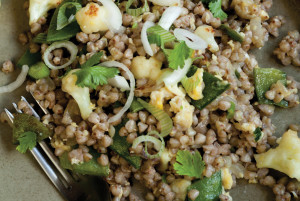
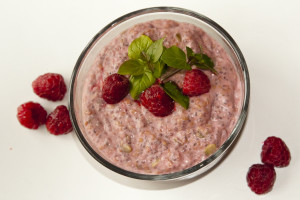

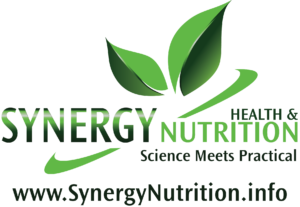
Thank you Marie.
You are welcome! Hugs and hello to you 🙂